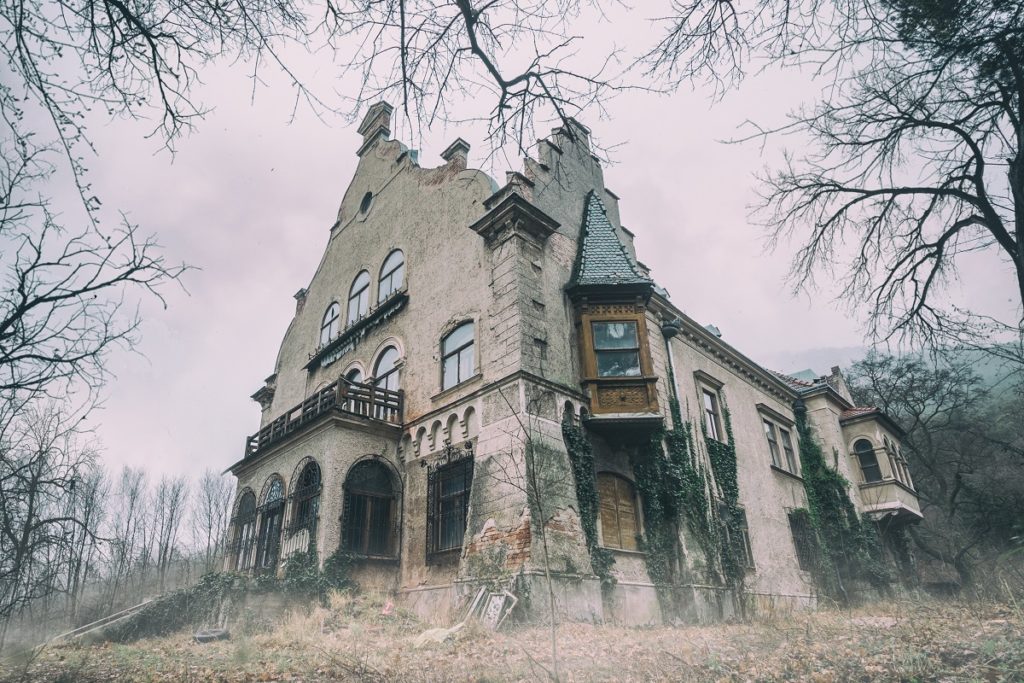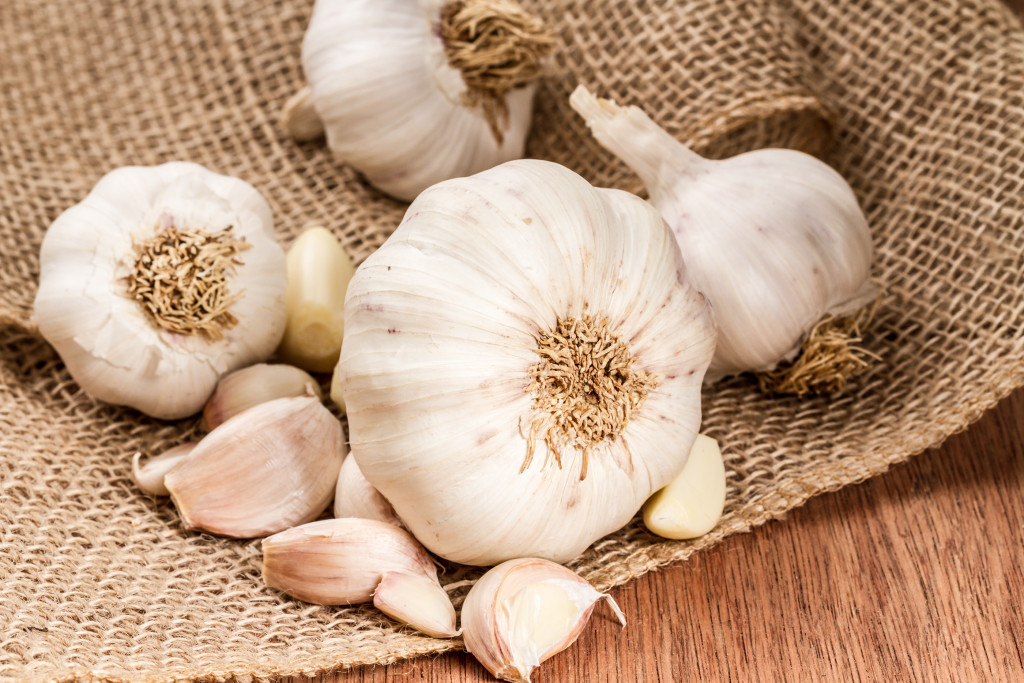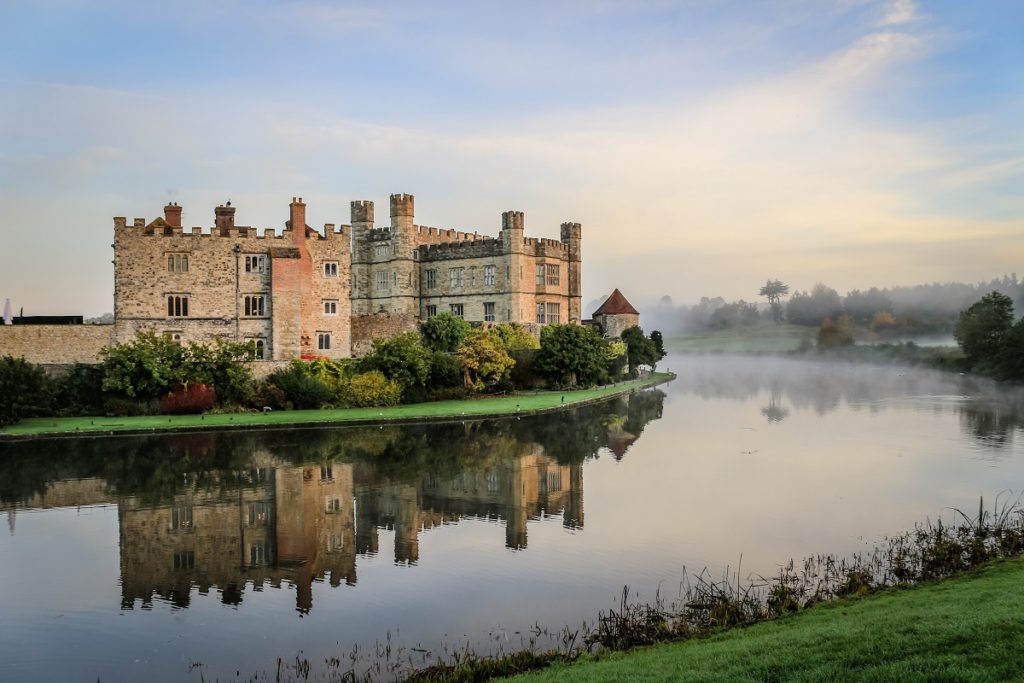Food has always been associated with myths and legends, like the golden apple that started the Trojan War, or the piece of cake that Little Red Riding Hood brought to her grandmother. None, however, were as influential and storied as the garlic in Romania.
Garlic has much history as it has flavor. Used everywhere from Italian pizzerias to Korean fast-food chains to American diners, no cuisine uses more garlic than the Romanians, who have a cult-like appreciation for the plant. In fact, garlic is incorporated into bread, salads, sauces, soups, stews, roasts, and even rice dishes. And they don’t use it in small amounts, either.
This bulb is used so much so that it has seeped into Romanian lore itself.
The Vampires in Romanian Legend
In Romania, garlic is not just used as an ingredient; it’s also used as a charm against evil spirits, especially vampires.
Bram Stoker based his famous vampire on the Eastern European lore of the strigoi, which comes from the Latin word “striga,” meaning evil spirit or witch. According to legends, these were once living people who experienced a violent death or were not respected during their funeral. The people in these regions used garlic to protect themselves and their homes from the strigoi.
Legend has it that the strigoi sucked the milk from mothers and cows (which gave Stroker the idea for the blood-sucking vampire), so Romanian peasants smeared their livestock with garlic. Consequently, garlic was also used to ward off vampires. Folklores say that when vampires are decapitated, the mouth is stuffed full with garlic. The coffin should be filled with garlic, as well, to ensure that the vampire will no longer do any harm.
Moreover, Stoker’s novel is set in Transylvania, Romania, a place steeped in vampiric mythology—another proof of the cultural link between vampires and Romania’s obsession with garlic.
 The Night of Evil Spirits
The Night of Evil Spirits
The magical, protective abilities of garlic are summoned the most on the night of November 28, the eve of the feast day of Saint Andrew, Romania’s patron saint. During the wee hours, the strigoi, along with moroi, or another type of evil spirit, haunt the houses of their living relatives. It’s similar to Halloween, but with a much less festive and more solemn atmosphere.
Homeowners—especially those in the rural regions—eat a lot of garlic to protect themselves. They also smear garlic on the corners of windows and doors to keep evil spirits from entering their homes. Some put it in the door locks, house eaves, stables, and barns. They also hang rows upon rows of garlic outside. Some parents make their children wear a necklace of cloves while they sleep.
According to experts, this tradition dates even before Christianity. If not at the eve of the saint’s feast, early Romanians must have had similar celebrations that draw the spirits of the dead from the graves and, consequently, require the magical protection of garlic. Exactly why it could ward off spirits, historians could only surmise. It is believed that the strigoi and moroi are afraid of the garlic odor.
It is important to note, however, that legends differ from place to place, which is why every Romanian village may have its own relationship with the magical plant. One thing’s for sure, however, garlic plays a huge part in Romanian cuisine and culture.




